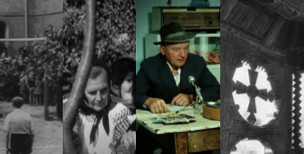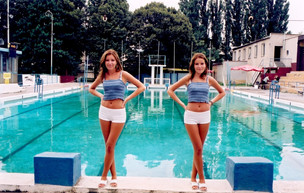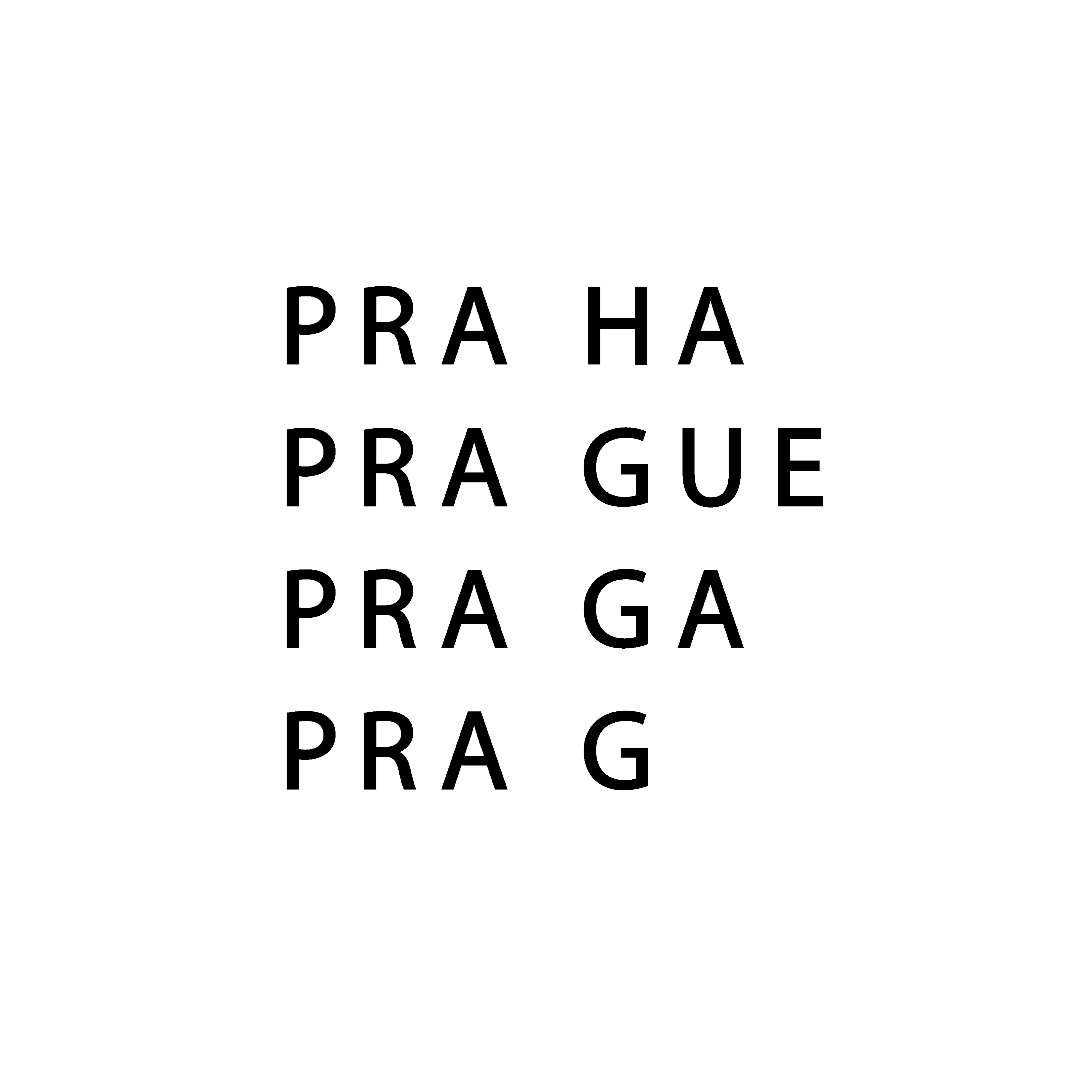History's Shadows
Block of four short films from the 1960s and 1970s, produced in four KineDok project countries. These films offer a glimpse into the recent past of each country, as found in their film archives.
About film
The films have in common not only their reference to a shared regional history, but also the fact that each film opens a conversation around notions of heritage – understood as a material or immaterial inheritance left by previous generations.
The first film (A gifted town) raises questions that echo throughout the entire program: how do we, in the present, access history; how can film become an accomplice in distorting historical truth; what is there to say about the credibility of the (film) archives? A would-be documentary from the Nazi-era is exposed as having been counterfeit: a collection of drawings and archival documents serve to restore the dark truth.
The second film (Inhabitants of Castles) explores built heritage—the physical, tangible remnants of history—by observing the social lives of the imperial castles repurposed by the state in socialist Hungary, and the perishable memory of the past following the physical disappearance of those who witnessed it.
The third film (Let our voices be heard) shifts focus to intangible heritage, exploring the now-extinct pirate radio stations that once emerged in rural Yugoslavia, acting as vital catalysts for popular mobilization.
The final film (The Journals of Hrib), returns to the topic of material heritage: an self-taught peasant opens a museum dedicated to local traditions in his home in rural Bukovina. Today we know that the museum did not survive its custodian, who passed away shortly after the fall of the Ceaușescu regime. The pressures and ambitions brought on by the new capitalist order of the 1990s quickly led to the museum's dissolution, alongside the destruction of the plants, factories and film studios left behind by the former regime.
Today, the worlds depicted in these films are integral to our global cultural memory: the profound trauma of the Holocaust, the often clichéd portrayal of the former “Eastern Bloc” (in reality far more diverse than appeared from the outside) and the “Iron Curtain” (with varying levels of permeability across different countries). The echoes of this past continue to haunt a present that has fewer and fewer points of convergence with it. We have curated this program amidst the backdrop of a surprising shift in global power dynamics, marked by a growing nostalgia for forms of authoritarianism reconfigured through technological means, as well as by the rise of populism and the spread of disinformation fuelled by this new era of ‘platform capitalism’. We would like these films to be a possible terra firma for our troubled present, reminding us of our individual and collective resilience and nurturing our belonging to a shared European
history.
- programme curated by Adina Brădeanu
Město darované / A gifted town (Vladimir Kressl, Czechoslovakia, 1965, 11 min)
In 1944, at Himmler’s behest, a would-be documentary titled The Führer Offers a City to
the Jews was filmed to serve as evidence of the purported quality of life of the Jewish people
imprisoned in the Terezin ghetto. The scattered segments and footage from this film, which
has never been fully reconstructed, deeply impacted Czechoslovakia in the 1960s and
remains a subject of interest for researchers trying to uncover the circumstances of its
production.
In 1965, film-maker Vladimir Kressl responded to this abject misrepresentation of the
tragedy unfolding at Terezin by juxtaposing images from the original film with sketches oflife in the ghetto made by former Terezin residents—many of whom were later murdered in Auschwitz—and overlaid with reports detailing prisoner transports from Terezin to various extermination camps. The resulting film is a powerful, compact piece that challenges viewersto critically examine the authenticity of the images handed down to us from previoushistorical periods.
Kastélyok lakói / Inhabitants of Castles (Judit Elek, Hungary, 1966, 28 min)
How does the past live on within the bones of buildings that have withstood tumultuous histories? And what do the youngest residents of the present know about the worlds still hidden within the walls of the castles so carefully observed in Judit Elek’s film? A remarkable feature of this film is the fluid movement of the camera as it glides throug several castles of imperial Hungary, which were repurposed by socialist Hungary into functional spaces—such as a care home, an artists’ residence, and an orphanage. While the new regime still tolerates some of their former owners in their ancestral homes, others are now inhabited by entirely new occupants, such as the children raised by the state and fed the new versions of official history.
Equally striking here is the filmmaker’s sense of discretion: Elek never intrudes upon her subjects, nor seeks to simplify the complexities of their experiences. Instead, she listens with equally compassionate attentiveness to both the memories of the adults burdened by the past, and the children’s own projections of that past.
Nek se čuje i naš glas / Let our voices be heard (Krsto Papić, Yugoslavia, 1970, 16 min)
The central authorities labelled their broadcasts as ‘harmful,’ routinely taking measures to block their voices from ‘polluting’ the tightly controlled radio waves of rural Yugoslavia. Still, the people behind these independent radio stations keep working, undeterred. Depending on one's perspective, their efforts can be described in different ways: to the socialist state, these are pirate radio stations—unregulated and therefore in need of being silenced; to their avid listeners, (sometimes involved in producing their programs), they are forms of community radio with a range of functions, from social and political critique to education and the promotion of cultural participation.
Moving fluidly between social commentary (sometimes delivered in verse!), German lessons for future migrant workers, and live music performances, this humorous documentary serves as a reminder of our capacity to resist systemic adversity, both as individuals and as communities.
Letopisețul lui Hrib / The Journals of Hrib (Slavomir Popovici, Romania, 1974, 15 min)
By the time Slavomir Popovici filmed this documentary, his protagonist was already famous for the museum of history and folk art he had established in his house in Arbore village. A self-taught peasant from Bukovina, North Romania, Hrib was also an eccentric and cosmopolitan character, interested in both the life of his rural community and in the lives of his fellow human beings from around the world. His museum was visited by thousands of tourists each year, while the diary he had kept for four decades had been published as The Chronicle from Arbore.
The film follows Hrib's diary entries, in particular those which reveal the friendly and chatty peasant as a constant ‘translator’ between the traditional culture of the village – illustrated by religious scenes from the fresco of the Arbore monastery – and a modern, political, and relatively cosmopolitan culture illustrated by contemporary news footage from all over the world. This constant to-and-fro between ‘here’ and ‘there’ leads to amusing and meaningful juxtapositions between some of the categories of rural tradition and wisdom, and the problems of the modern present.
Original Title:
History's Shadows
Direction:
Vladimir Kressl, Judit Elek, Krsto Papić, Slavomir Popovici,
Duration:
68 mins
Year:
2025
Country:
Czechia, Slovakia, Romania, Croatia, Hungary
More films by topic Short films
We live the documentary film, be there with us.
Start each month with a fresh dose of information. Subscribe to the newsletter.
I hereby consent to the processing of the personal data.


